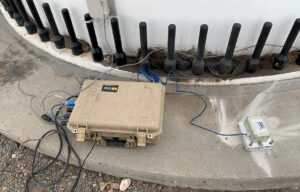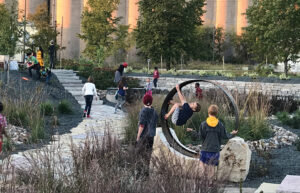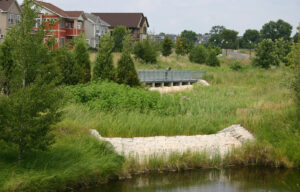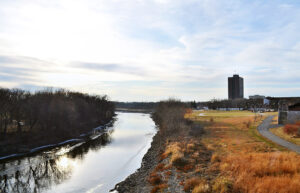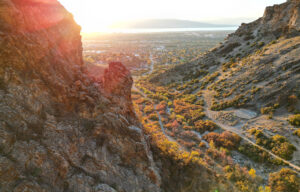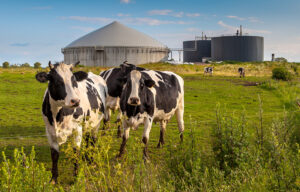 Minnetonka has many enthusiastic volunteers who are passionate about environmental restoration. Barr wrote a natural resources master plan to help city staff focus their valuable energy.
Minnetonka has many enthusiastic volunteers who are passionate about environmental restoration. Barr wrote a natural resources master plan to help city staff focus their valuable energy.
Natural resources plan addresses city’s changing ecosystem
A Minnesota community of more than 53,000 residents, Minnetonka enjoys an abundance of woodlands and wetlands, as well as civic-minded residents who are passionate about preserving their green spaces.
Minnetonka also faces common urban ecological issues: wildlife and native plant communities stressed by a changing climate and development pressure, invasive plant species encroachment, deer overpopulation, and the urban heat island effect, to name a few.
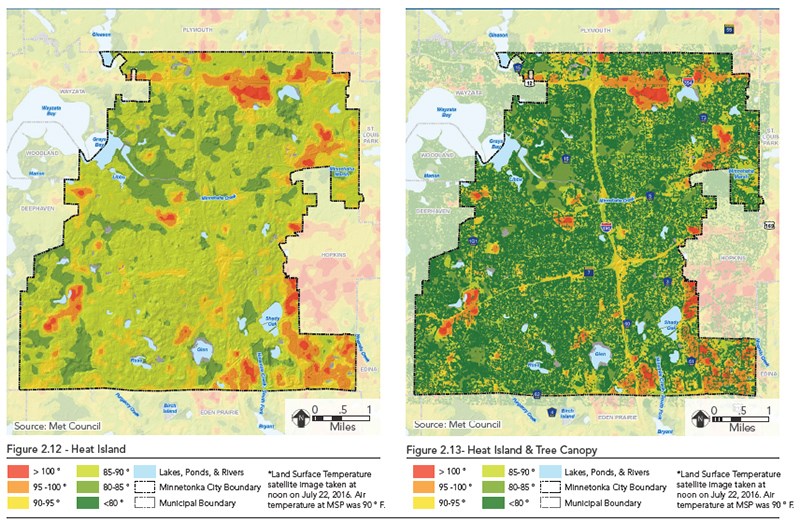
In 2021, working with the City of Minnetonka’s Natural Resources Division, Barr wrote a natural resources master plan (NRMP) that addresses the primary cause of these ecological impairments: people’s alteration of the land, first with agriculture and then through suburban development. It’s a common urban paradox: The efforts that help a community grow and thrive on a human level are the unintentional cause of ecological harm.
“We talked about the need to protect natural resources and regenerate the urban ecosystem, but it’s really a plan about how we impact natural resources and how we can reverse those trends,” said Fred Rozumalski, a senior landscape architect and ecologist at Barr.
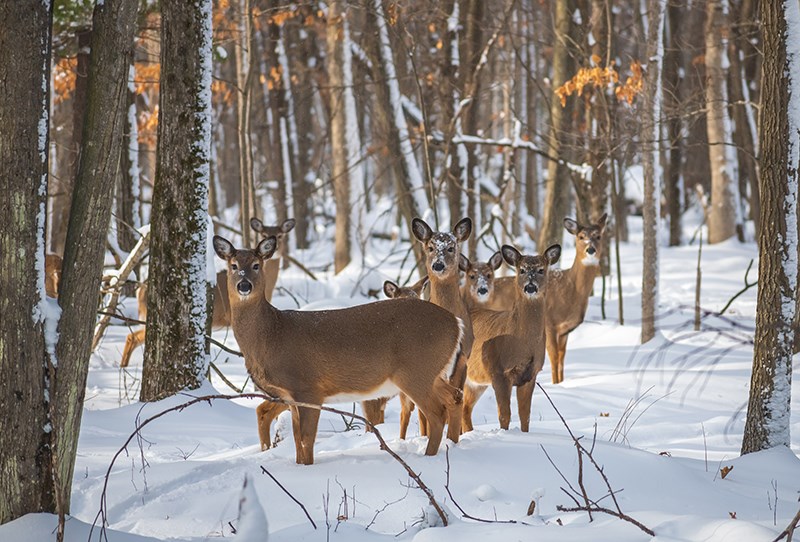
The NRMP begins with an inventory of the city’s current ecological condition, then pivots to two essential questions: (1) How do we preserve our high-quality natural resources? (2) How do we restore those that have been degraded? The answers draw from proven ecological stewardship strategies that can be effective in public spaces as well as homeowners’ backyards.
“The plan provides a way of seeing nature at every strip mall, every street, even every yard … thinking about the natural environment in all those places,” said Fred. “If you’re only looking at parks and natural areas, you’ve missed other essential places to address ecological degradation.”
Intentionally lean at fewer than 70 pages, the plan includes numerous aerial GIS-based images, photos of common invasive plants, and descriptions of restoration strategies. For City of Minnetonka Natural Resources Manager Leslie Yetka, the plan’s graphics-forward approach hit the mark.

“We said we wanted a very concise, actionable plan,” Leslie said. “Barr heard us. I have it on my desk right now. It’s not a three-ring binder; it’s probably not even a half-inch thick, but it has been incredibly useful. Having the plan means we all are working from the same playbook.”
To learn more about writing and implementing a natural resource master plan for your community, contact us.
About the author
Fred Rozumalski, landscape architect and ecologist, has over two decades of experience in landscape architecture, ecology, horticulture, native-landscape design and restoration, and lake, stream, and wetland shoreline restoration, working with a broad range of public and private clients. He helps clients adapt to climate change and develop resiliency strategies.


